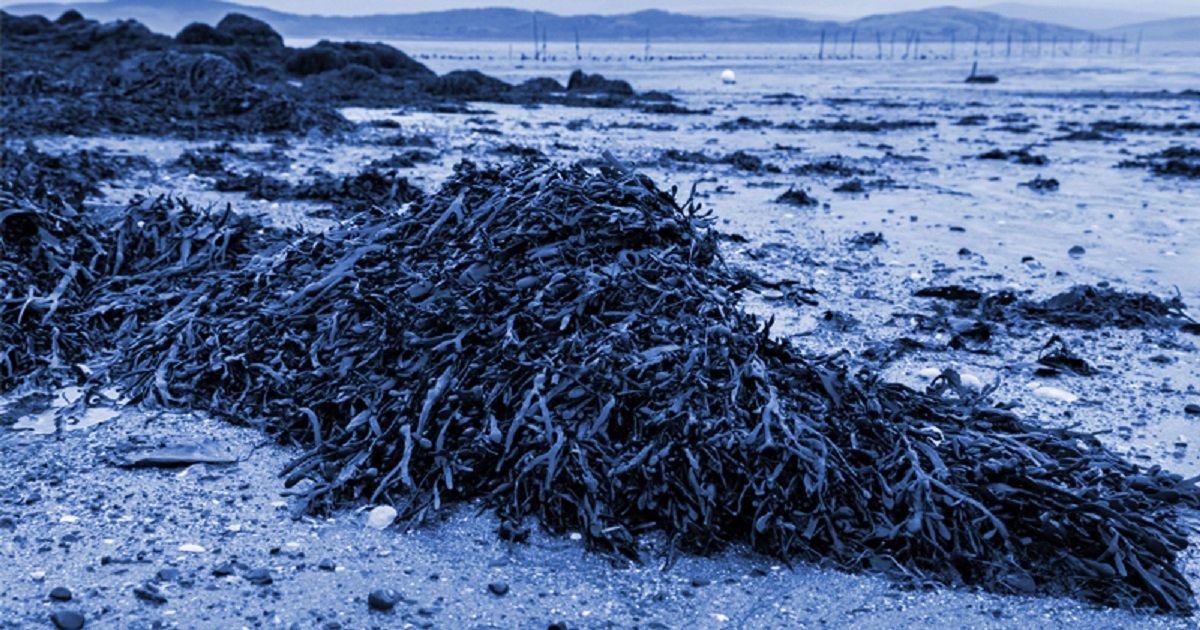Gabriel García Márquez, one of the most celebrated figures in Latin American literature, is renowned for his lush, imaginative storytelling and his profound exploration of human experiences. His works often blend the magical with the mundane, creating a world where the boundaries between reality and fantasy blur. One recurring element in his stories is water, a symbol that García Márquez uses to convey deeper meanings about human nature, life, and death.
The Role of Water in “The Handsomest Drowned Man in the World”
In “The Handsomest Drowned Man in the World,” water is central to the story’s theme of transformation and collective memory. The tale begins with the discovery of a drowned man’s body on a beach in a small, unnamed village. The villagers are initially shocked by the appearance of the corpse, which is described as remarkably handsome and well-built. As they clean and prepare the body for burial. The villagers begin to project their own dreams and desires onto the deceased.
Water in this story serves as a transformative force. The drowned man’s arrival disrupts the daily life of the village and catalyzes a series of changes. The villagers, inspired by the beauty and strength of the drowned man, begin to envision their own lives transformed. They imagine a better future, one that mirrors the grandeur of the drowned man’s imagined past. This transformation is symbolized by the water that brought the body to the shore. Suggesting that water holds the power to initiate profound change and inspire dreams.
Water as a Source of Life and Death in “A Very Old Man with Enormous Wings”
In “A Very Old Man with Enormous Wings,” water again plays a crucial symbolic role, but this time it represents both life and death. The story tells of a decrepit old man with wings who appears in a couple’s courtyard after a storm. The villagers, initially intrigued by the man’s otherworldly appearance, quickly become disillusioned and treat him as a curiosity rather than a divine being.
In this narrative, water symbolizes the intersection of the mundane and the miraculous. The storm that brings the old man to the couple’s home is a key element, linking the supernatural with the everyday. Water, in the form of rain and storm, serves as a catalyst for the events that unfold. It is the storm that forces the old man into the couple’s life, disrupting their routine and leading to a series of events that reflect the villagers’ indifference and cruelty.
The presence of water also highlights the contrast between the miraculous and the ordinary. The old man’s wings, a symbol of the divine or otherworldly, are juxtaposed with his decrepit state. Which symbolizes the mundane and the aging. Water, as a source of life, contrasts with the old man’s frailty. Underscoring the theme of the limits of human perception and the often overlooked miracle of life.
Water and Memory in “The Sea of Lost Time”
In “The Sea of Lost Time,” water is intimately connected with the theme of memory and the passage of time. The story revolves around a man who returns to his hometown after many years and is haunted by the memories of his past. The setting of the story is a beach, where the man confronts his lost youth and the passage of time.
The sea in this story is a metaphor for the fluidity and elusiveness of memory. Just as the sea constantly changes with the tides, so too do memories shift and evolve over time. The protagonist’s reflection on his past is intertwined with the movements of the sea. Suggesting that memories are as mutable and shifting as the waves.
Water also symbolizes the passage of time and the inevitable loss that comes with it. The protagonist’s realization that he can never truly recapture his past highlights the inexorable nature of time and the way it washes away moments and experiences. The sea becomes a powerful symbol of both nostalgia and the recognition that time cannot be reclaimed.
Water as a Symbol of Social Change in “The Last Voyage of the Ghost Ship”
In “The Last Voyage of the Ghost Ship,” water symbolizes social change and the impact of modernity on traditional ways of life. The story follows a ghost ship that appears off the coast of a small Caribbean village. Bringing with it a sense of foreboding and change.
The ship, which represents the intrusion of modernity and foreign influences, contrasts with the traditional life of the villagers. Water, in this context, is a conduit for change, bringing with it the influence of external forces that disrupt the established order. The ghost ship’s arrival signifies the end of an era and the beginning of a new one. Where the old ways are challenged by new realities.
The water here is a symbol of the transformative power of external forces. Suggesting that change is inevitable and often comes from beyond one’s immediate environment. The villagers’ reaction to the ghost ship reflects their struggle to adapt to the changes brought by modernity and the impact of these changes on their lives.
Water and the Supernatural in “The Woman Who Came at Six O’Clock”
In “The Woman Who Came at Six O’Clock,” water serves as a symbol of the supernatural and the thin line between reality and fantasy. The story centers on a mysterious woman who arrives at a bar just before closing time and engages in a conversation with the bartender. Leading to a surprising and supernatural revelation.
Water in this story symbolizes the boundary between the ordinary and the extraordinary. The woman’s arrival is accompanied by a sense of foreboding and the supernatural, and the water in the bar becomes a medium through which the supernatural elements of the story are revealed. The fluidity of water mirrors the fluidity between the natural and the supernatural. Blurring the lines between what is real and what is imagined.
The woman’s enigmatic presence and the role of water in the story highlight García Márquez’s use of magical realism to explore deeper truths about human existence. Water becomes a vehicle for the exploration of the unknown and the mystical. Reinforcing the idea that reality is often intertwined with elements of the fantastical.
Conclusion
Gabriel García Márquez’s use of water in his short stories is a testament to his mastery of symbolism and his ability to weave complex themes into his narratives. Water, in its various forms, serves as a symbol of transformation, memory, social change, and the supernatural. Through his rich and imaginative storytelling, García Márquez explores the multifaceted role of water. Using it to illuminate deeper truths about human nature and the world.











